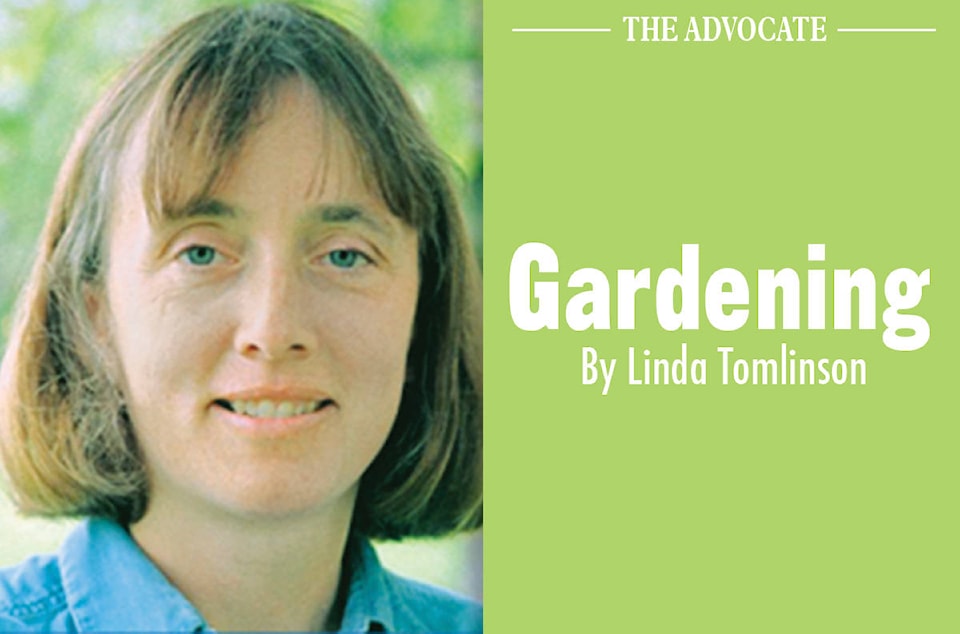African violets are native to Tanzania and have been in cultivation in Europe since the 1890’s. The African Violet Society of Canada was formed in Ontario in 1960, and it quickly became an umbrella organization for many local groups that were already in existence. At the second annual meeting in Ontario the group had 350 members. At present time there are two African violets groups in Alberta one in Calgary the other in Edmonton. The groups have regular meetings and yearly shows and sales which are great opportunities to find rare plants.
Species plants, ones that grow in the wild, have blue to purple flowers. Domestic African violets have been hybridized to the existent that they are available in all shades of pink, purple, white and many different bi-colors. Yellow flowers are a recent development (1992) and are not seen in stores where mass produced violets are sold.
Breeding domesticated African violets with species from the wild, has allowed hybridizers to add variety to the leaves and size of plant offering consumers more variety. Plants with variegated leaves have been available since the 1960’s. Miniature African violets (2 ½ inch) became available to consumers in the 1970s.
Large box stores and grocery stores usually carry the traditional plants but the discerning shopper can find newer varieties in some stores, African Violet societies and through specialized growers.
African violets do have a reputation of being hard to grow but this is not necessarily the case. Given the correct location African violets will bloom and thrive for years.
As with any plant, one grows it is best to try to duplicate the conditions of its native environment. For an African violet this means warm, humid and out of the direct sunlight. While the humidity levels in central Alberta drop in the winter months most houses are kept warm year round which is ideal. Humidity can be added to any plant by placing rocks and water in a tray under the plant. Just make sure that the plant or pot is not sitting in the water as it will rot the plant’s roots.
African violets are an understory plant that grows in semi shade in Africa. They quickly dry out and die in direct sunlight. To duplicate the environment, place plants in diffused sunlight or by east or north windows. Plants can be grown in rooms with south or west windows but they must be far enough back to avoid the harsh sunlight. People that show African violets often place them under lights.
Soil is always an important consideration. African violets, like many houseplants, prefer a porous mix that retains some water but never becomes saturated. The AVSC recommends a soilless mix with peatmoss, vermiculite, and or perlite.
Growers recommend bottom watering. The easiest way to do this is to fill the pot’s saucer with water and allow the soil to absorb the water for a half an hour. At this time the saucer should be emptied. Repeat this process when the top of the soil becomes dry to the touch.
As soilless mixes contain few if any nutrients, it is important to use a complete fertilizer that contains micronutrients. 20-20-20 will work but one higher in phosphorous, the second number in the ratio, such as 12-36-14 is preferred.
African violets thrive in small, cheap, plastic four-inch (10-cm) pot. According to the African Violet Society of Canada the pot should be approximately 1/3 the size of the plant. Keeping the plants free of dead flowers and leaves will go a long way to keeping the plant healthy.
It is rare for an African violet plant to harbor insects but one should always quarantine new plants for a couple of months to be safe.
For the most part, African violets are inexpensive flowering houseplants that are readily available anywhere plants are sold. While they might have a reputation of being finicky they grow and flower well when they are given adequate water, fertilizer and sunlight.
Linda Tomlinson is a horticulturalist that lives near Rocky Mountain House. She can be reached at your_garden@hotmail.com
